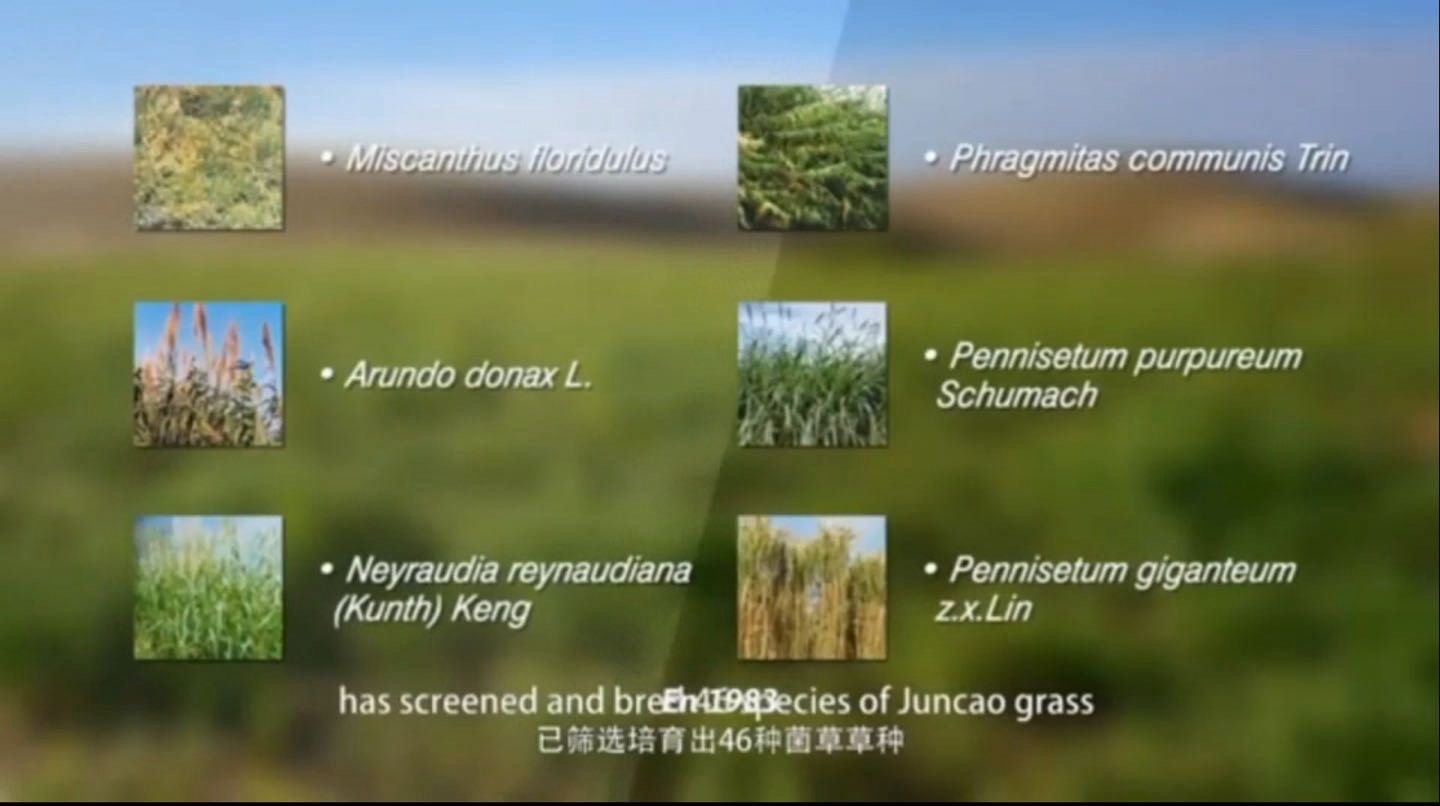Napier grass is a popular fodder crop in Kenya, commonly used as feed for dairy cows. The grass is rich in crude protein making it ideal for dairy animals given the importance of this nutrient in milk production, as well as during reproduction.
While some farmers have over the years relied on the traditional varieties, others have adopted the hybrid Super Napier grass varieties which are said to have superior characteristics than the traditional varieties.
A good example of such high-grade varieties is the Juncao grass which has been ranked amongst the fastest growing animal fodder crops worldwide.
The Juncao variety, locally known as ‘‘Chinese magic grass’’ is a hybrid of 46 grass varieties from North and West Africa. Coming from Africa and benefit to Africa. Varieties include:
It was introduced in Kenya in 2021 by Jack Liu, a Chinese national who grows the crop on a 50-acre farm in the Kambi ya Moto area in Rongai, Nakuru County.
According to Liu, Juncao Napier grass can increase milk production by over 50 percent thanks to its high protein content. The grass has 18.6 percent crude protein content compared to the ordinary variety which has 11 percent crude protein.
The grass can also be used as feed for cattle, pigs, chickens, goats, and fish depending on the sizes in the crushing process.
Stephen Kibathi: The three vegetables that made me the richest farmer in Kiambu
Juncao Napier grass does well in both arid and semi-arid areas as long as irrigation is provided and takes three months to reach maturity after planting.
It can be harvested once every two months, meaning six times a year with an annual yield of up to 180 tonnes per acre.
Furthermore, the grass has a 25-year lifespan before it is uprooted and new stems planted. Liu says that one acre of Juncao Grass can feed 20 cows or 200 goats.
Unlike most nappier grass varieties which have the stinging effect of human skin JunCao is said to be friendly to the farmer. It can also be used as silage which can be stored for up to three years.
The grass has no seeds or flowers and is free from pests and any other infections, unlike the ordinary Napier grass, and is approved by Kenya Plant Health and Inspectorate Services (KEPHIS).
Harun Maina, a farmer in Njoro who uses the grass to feed his dairy cows says the grass has helped him cut production costs due to its benefits.
‘‘We have been buying the grass in cut stems, and we have seen great benefits. One thing we have noticed is a tremendous reduction in concentrates, so we do not feed our animals a lot of concentrates,’’ said Maina.
‘‘When you substitute the concentrates, the impact is not felt since the production of milk is sustained. Also, when feeding heifers, we have witnessed healthy growth, and thus we do not have to feed them with high-cost intensive feeds for them to maintain a high growth rate.’’ He added.
The feed is expected to alleviate poverty as sustainable fodder. According to the Kenya Agriculture and Livestock Research Organisation (KALRO), only 10 per cent of farming is devoted to fodder cultivation in Kenya, leading to a fodder shortage.
Contact
For information and sales enquiries, call/SMS or WhatsApp
Jack Liu: 0705-777 777
Did you love the story? You can also share YOUR story and get it published on Bizna Click here to get started.


